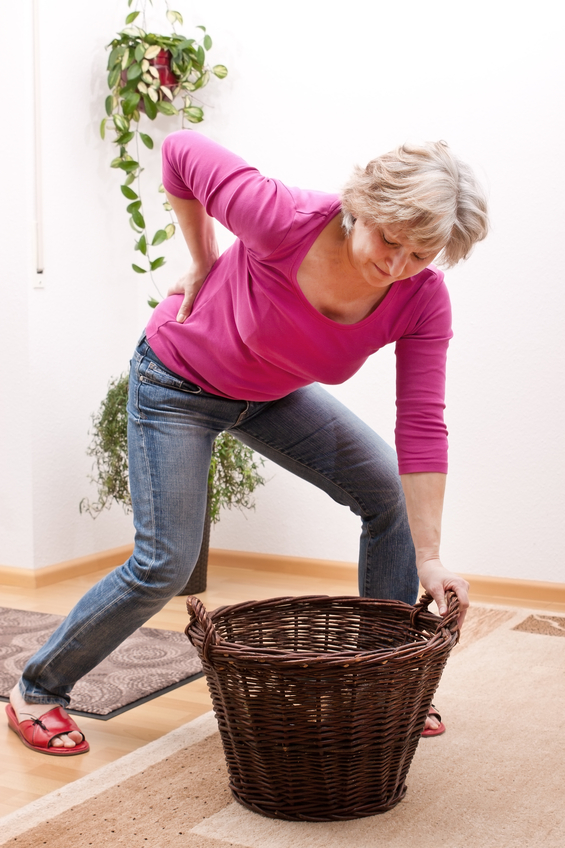With each passing year, it can take older adults a little longer to loosen up in the morning or recover from weekend warrior activities. But joint pain that persists for more than a week or two and includes redness, bruising or a rash around the affected area may be a signal to see your doctor, it could be bursitis.
Bursitis occurs when the bursa, fluid-filled sacs that cushion and lubricate joints, become inflamed. Injury, overuse or in some cases an infection caused by gout or rheumatoid arthritis can cause pain, swelling, tenderness and loss of movement. People who have a weakened immune systems or are taking steroids can be more susceptible to infection which can lead to bursitis. Age, repetitive motion and other health problems such as diabetes can increase your risk for developing bursitis.
Joints prone to inflammation of the bursa include the elbow (tennis elbow), knees, shoulders, ankles and hips. In most cases, repetitive motion causes inflammation but a hard blow can also result in bursitis. If symptoms do not subside with rest, ice, compression and elevation or treatment with ibuprofen, visit a doctor to see if steroids, antibiotics or in rare cases, surgery is warranted. Physical therapy to strengthen muscles and the temporary use of an assistive device such as a cane to help ease pressure and pain may also be prescribed.
Prevention
- Protect joints; use kneeling pads
- Take frequent breaks from repetitive tasks
- Move around – try not to stay in one position for too long
- Maintain a healthy weight
- Lift properly, bending at the knees
- Use a wheeled cart or dolly to avoid heavy lifting
- Keep muscles strong by remaining active
- Warm up and stretch before exercising
- Cushion affected area to prevent further injury
Source: Mayo Clinic






Add Your Voice
0 Comments
Join the Discussion